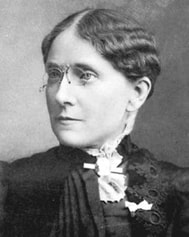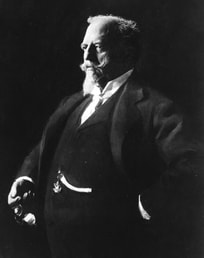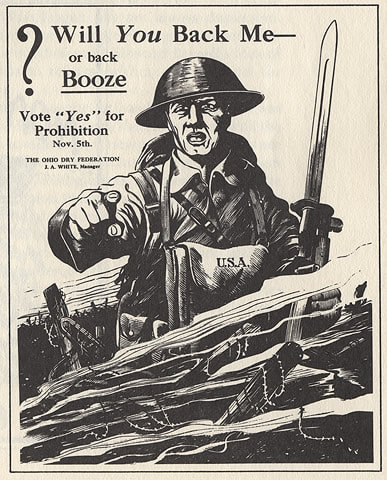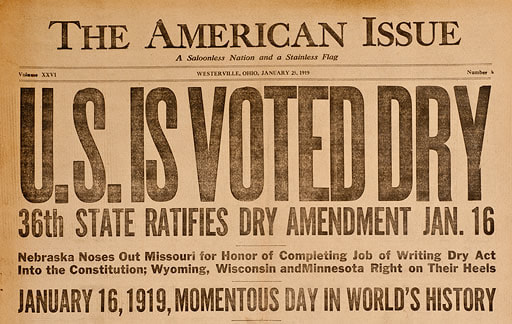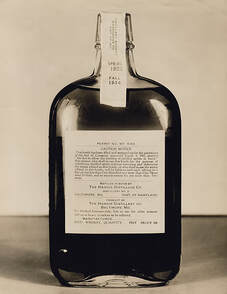Prohibition & Organized Crime
|
Prohibition was all but sealed by the time the United States entered World War I in 1917, but the conflict served as one of the last nails in the coffin of legalized alcohol. Dry advocates argued that the barley used in brewing beer could be made into bread to feed American soldiers and war-ravaged Europeans, and they succeeded in winning wartime bans on strong drink. Anti-alcohol crusaders were often fueled by xenophobia, and the war allowed them to paint America’s largely German brewing industry as a threat. “We have German enemies in this country, too,” one temperance politician argued. “And the worst of all our German enemies, the most treacherous, the most menacing, are Pabst, Schlitz, Blatz and Miller.”
|
Ratified on January 16, 1919, the 18th Amendment went into effect a year later, by which time no fewer than 33 states had already enacted their own prohibition legislation. In October 1919, Congress put forth the National Prohibition Act, which provided guidelines for the federal enforcement of Prohibition. Championed by Representative Andrew Volstead of Minnesota, the chairman of the House Judiciary Committee, the legislation was more commonly known as the Volstead Act.
|
The Volstead Act included a few interesting exceptions to the ban on distributing alcohol. Sacramental wine was still permitted for religious purposes (the number of questionable rabbis and priests soon skyrocketed), and drug stores were allowed to sell “medicinal whiskey” to treat everything from toothaches to the flu. With a physician’s prescription, “patients” could legally buy a pint of hard liquor every ten days. This pharmaceutical booze often came with seemingly laughable doctor’s orders such as “Take three ounces every hour for stimulant until stimulated.” Many speakeasies eventually operated under the guise of being pharmacies, and legitimate chains flourished. According to Prohibition historian Daniel Okrent, windfalls from legal alcohol sales helped the drug store chain Walgreens grow from around 20 locations to more than 500 during the 1920s.
|
Both federal and local government struggled to enforce Prohibition over the course of the 1920s. Enforcement was initially assigned to the Internal Revenue Service (IRS), and was later transferred to the Justice Department and the Bureau of Prohibition, or Prohibition Bureau. In general, Prohibition was enforced much more strongly in areas where the population was sympathetic to the legislation–mainly rural areas and small towns–and much more loosely in urban areas. Despite very early signs of success, including a decline in arrests for drunkenness and a reported 30 percent drop in alcohol consumption, those who wanted to keep drinking found ever-more inventive ways to do it. The illegal manufacturing and sale of liquor (known as “bootlegging”) went on throughout the decade, along with the operation of “speakeasies” (stores or nightclubs selling alcohol), the smuggling of alcohol across state lines and the informal production of liquor (“moonshine” or “bathtub gin”) in private homes.
In addition, the Prohibition era encouraged the rise of criminal activity associated with bootlegging. The most notorious example was the Chicago gangster Al Capone, who earned a staggering $60 million annually from bootleg operations and speakeasies. Such illegal operations fueled a corresponding rise in gang violence, including the St. Valentine’s Day Massacre in Chicago in 1929, in which several men dressed as policemen (and believed to be have associated with Capone) shot and killed a group of men in an enemy gang.
